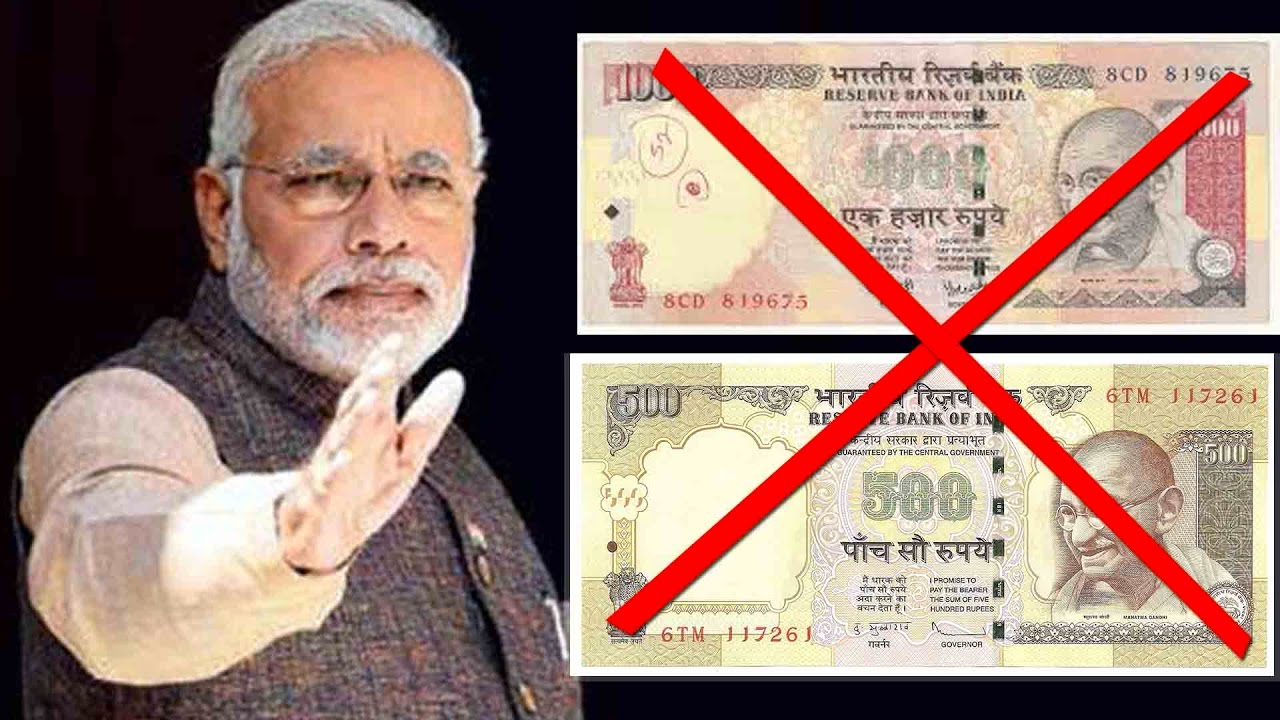The announcement of demonetisation on November 8th last year came as a huge surprise to almost everyone in the country. Immediately, there was an emergency like situations with people not sure of how to cope up with the situation that arose. Being the peak marriage and festival season, a lot of people panicked. The economy saw a brief slowdown. However, soon the situation was in control with a circulation of new 500 and 2000 rupee notes and also, the digital currency initiative was flagged off, which saw a huge support and adoption rate.
After a complete year of demonetization, we present a complete analysis of how demonetization fared and what have been the changes brought by this hugely aggressive initiative.
The government had targetted to eradicate corruption, stop terror funding, remove sources of black money, stop the fake note circulation and to reduce the currency notes in circulation to promote digital payments. Let’s have a step by step analysis of the achievements of the government with demonetization in the first one year.
Black Money & Corruption
On the day of note ban announcement, India has over 86% of its currency in the form of INR 500 and INR 1000 notes. The total value of demonetized currency came out to be ₹15.44 lakh crores. However, in the permitted period, ₹15.28 lakh crores were deposited back to the banks. Though the government can not boast of a lot of success in this, there was a large amount, which seemed to be under suspicion and the government has been investigating into the same.
According to an analysis, over ₹17,000 crores deposited by shell companies to their bank accounts are under the income tax radar and along with that, the department is also examining the cash deposits made by over 17 lakh individuals, in whose cases, the deposited amount went way over their declared income from various sources.
Demonetisation has also reduced the total amount of currency in circulation. On November 8th, 2016, there was currency worth ₹17.77 lakh crores in circulation, which has reduced to ₹15.89 lakh crores as of September 31st, 2017.
Talking of the digital transactions, the number of transactions at PoS (Point of Sale) terminals across the country in October 2016 was 22.95 crores worth ₹51,883 crores. In August 2017, the number of transactions rose to 38.08 crores with a total value of ₹71,712 crores. Mobile Wallets, which saw huge adoption rates post demonetization, saw the monthly transactions spiking up to ₹7,262 Crores in August 2017 from ₹3382 in October 2017.
Visible Immediate Drawbacks of Demonetization
Demonetization saw a mixed response from different sections of society. The poor and middle-class sector supported it as they believed that the long-term process will bring them in the mainstream economy, there were a lot of traders who opposed it. As per a report by CMIE, over 15 lakh jobs were lost in the first half of 2017 because of demonetization. In the first quarter of FY 2017, the economy grew by 7.9%, which dipped to 7.5% in Q2. The same saw more dip in Q3, when demonetization was announced as it touched 7%. The last quarter of FY17, which ended in March 2017, saw the GDP growth rate decline to 6.1% and the next quarter ended in June saw an even bigger dip in the GDP. In the April – June 2017 quarter, the GDP grew by 5.7%, which is the lowest growth rate in many years.
The agricultural sector, known as the backbone of Indian economy, was hit hard as well. The ongoing stress in the rural sector forced the state governments to waive off as much as ₹88,000 crores worth of loans of farmers.
Long-term expected targets
Though the economy has experienced a dip in the recent months, there are a lot of possible positives we can see for the future. The retail inflation rate has decreased and that will draw lower interest rates for the loans taken from banks. Buying houses has become more affordable and adoption of digital currency has made the operations transparent.

